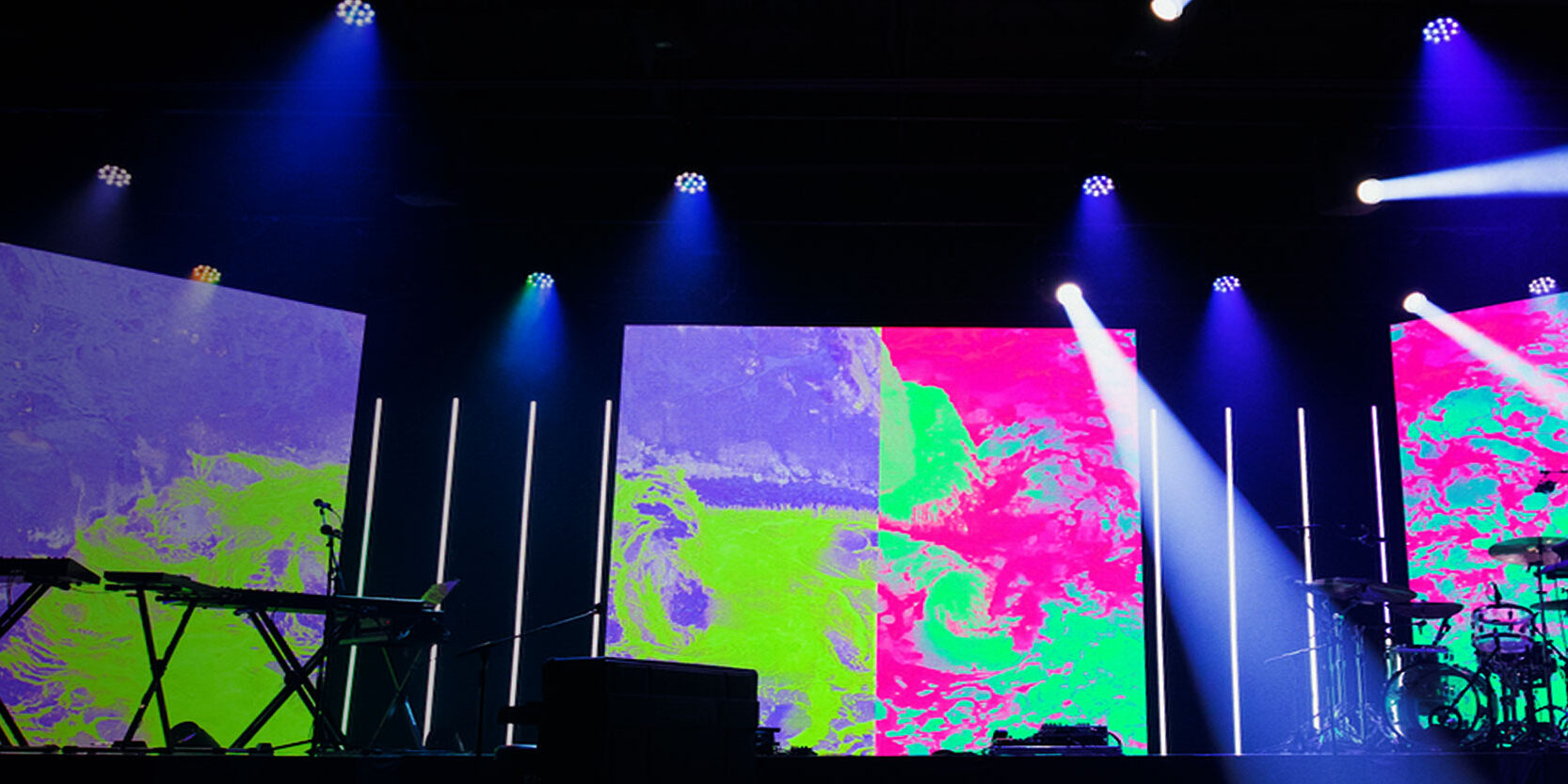Investigating the Durability of Light Emitting Diode Wall Screens in Contrast to Traditional Screen Technologies
Investigating the Durability of Light Emitting Diode Wall Screens in Contrast to Traditional Screen Technologies
Blog Article
LED panel screens have grown progressively popular in current times, particularly in settings like schools, businesses, and public areas. These panels use light-emitting diodes (LEDs) to produce vivid and lively images. One of the most notable advantages of LED innovation is its durability in contrast to traditional display technologies, such as CRT tube monitors (CRTs) and liquid crystal screens. Grasping the distinctions in lifespan and performance between these options can assist buyers make knowledgeable decisions about their display needs.
Classic display methods, like CRTs, have been around for numerous decades. They were commonly used in TVs and computer screens. However, CRTs have a limited duration, typically lasting approximately 10,000 to 20,000 hours of use. This means that after a couple years, users may observe a decline in picture clarity, such as dimming or hue distortion. In contrast, LED wall panels can last significantly longer, frequently exceeding 50,000 hours. This extended duration means that users can experience consistent functionality without the requirement for frequent replacements.
Another crucial aspect to consider is energy efficiency. LED panel screens consume less power than additional resources conventional screens, which not only helps the environment but also reduces power expenses. For example, while a CRT monitor may consume around 100 watts of power, an LED screen can consume as little as 30 to 50 watts. This difference in energy usage adds to the overall longevity of LED innovation, as reduced power usage generates minimal thermal energy. Excessive heat can harm electronic components, leading to a reduced duration for traditional displays.
In furthermore to their longer lifespan and energy conservation, LED panel panels also offer enhanced visual clarity. They provide brighter colors and improved differentiation, making them ideal for various uses, from marketing to learning presentations. The technology behind LED panels enables for a broader sight angle, meaning that images remain sharp and lively even when seen from the side. This is a significant advantage over conventional screens, which frequently experience from hue deformation and reduced brightness at wider perspectives.
In summary, the durability of LED panel panels compared to traditional display methods is a crucial aspect for buyers to take into account. With lifespans that can exceed 50,000 hours, energy efficiency, and enhanced visual clarity, LED innovation offers many advantages. As technology continues to progress, LED panel panels are likely to become even more prevalent in various settings. Grasping these distinctions can assist people and entities make improved decisions when investing in display technology, ensuring they receive the optimal worth for their requirements.